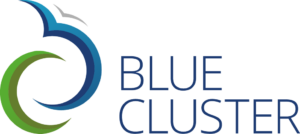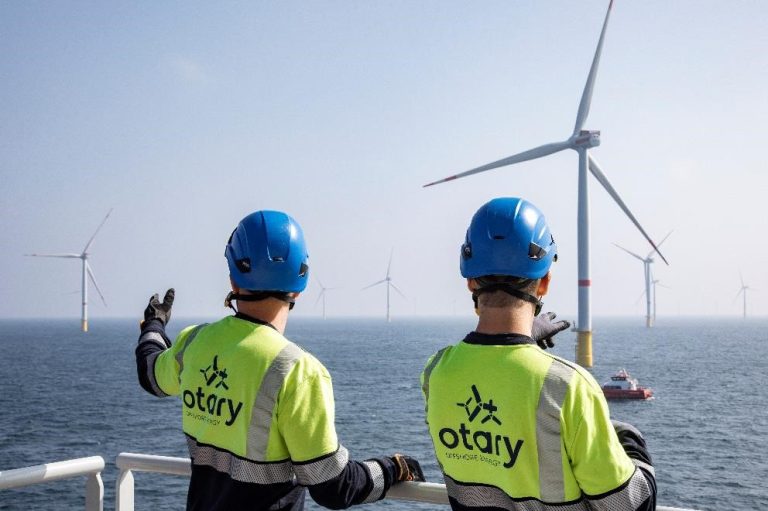Otary is a Belgian offshore wind developer which currently owns and operates 796 MW assets (100 offshore wind turbines, 3 offshore substations and subsea cables) across 3 concessions in the Belgian part of the North Sea.
Otary is involved in the development of next generation digital methodologies to enhance performance, increase grid stability and security of supply through real-time data-supported decision making. In this context, Otary worked on deep-learning methods to determine expected production of individual turbines in real-time.
EU Innovation Project
The business support team has identified the need to transfer this knowledge to the asset management and operations teams to turn these production forecasts to actionable results in the form of an optimized planning tool for the operation and maintenance activities. Therefore an open challenge was published via ELBE Eurocluster (Europe Leaders of Blue Energy Eurocluster). The Coteng proposal was selected out of the different applications to receive funding from the European Union for this innovation project.
Offshore Wind Planning Optimization tool
The goal of the project is to develop an Offshore Wind Planning Optimization tool considering real-time production forecasting inputs and continuous environmental condition inputs. Current practices for planning offshore works are a manual process, where the meteo conditions and meteo forecasts are analyzed (wind, waves, swell, direction, chance of fog, lightning, etc.) and compared against the operational limits of vessels and equipment. During these checks the team validates if spare parts, resources and materials are available to execute the works. As a last verification the forecasted lost production is assessed at park level to decide if the works will be executed or not. Current state-of-the-art planning tools focus mainly on inventory, criticality of works and resource planning and not on the limitation of lost production, which is a critical factor for operational wind farms. The process is partly digitalized but still involves a lot of verification and checks which doesn’t allow for optimization and fast updates considering the quickly changing weather conditions.
Digital twin
The new tool will be a web application collecting data from different sources and presenting these in a userfriendly interface that allows an operator to simulate different scenario’s or to initiate an optimization process. The heart of the application will be a digital twin of the wind farm that simulates the output of the park based on all the parameters set by the operator. Optimization is done by calculating output of the park for the different values of the parameters within the constraints defined by the operator.


This project is part of the ELBE EUROCLUSTER project (GA– 101074230), which has received funding from EISMEA’s COSME Programme (call SMP-COSME-2021-CLUSTER).
Funded by the European Union. Views and opinions expressed are however those of the author(s) only and do not necessarily reflect those of the European Union or EISMEA. Neither the European Union nor the granting authority can be held responsible for them.
Picture: Otary


